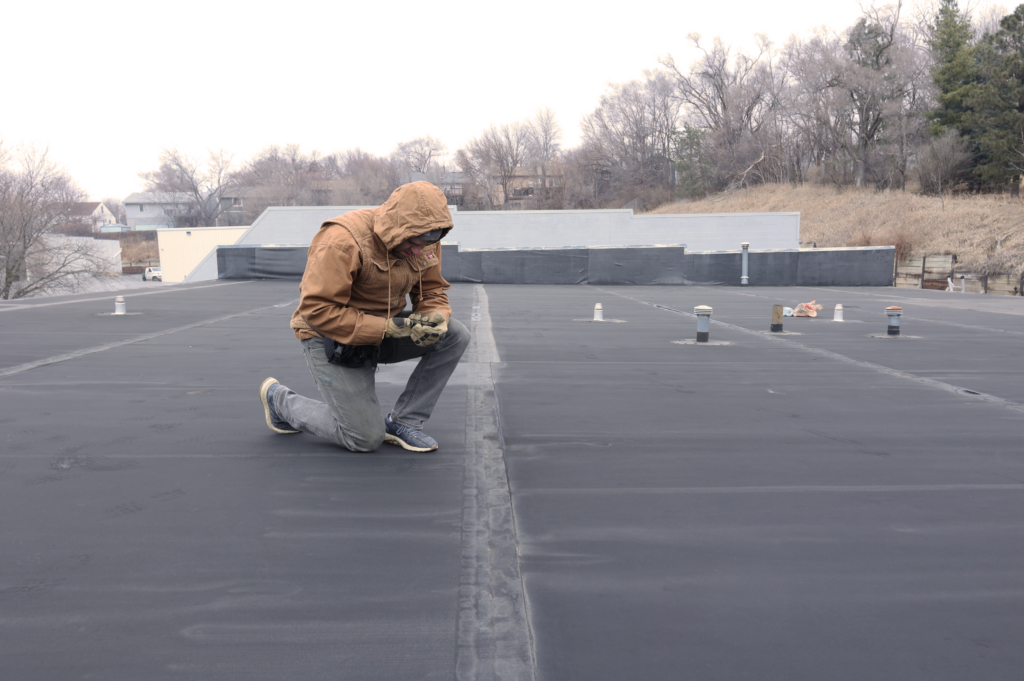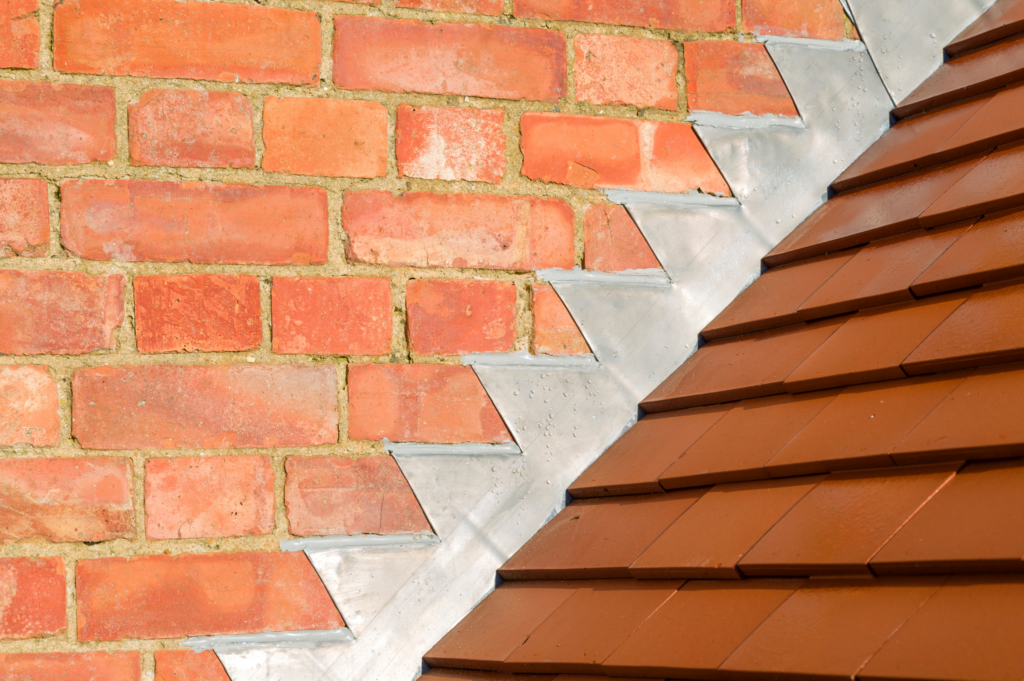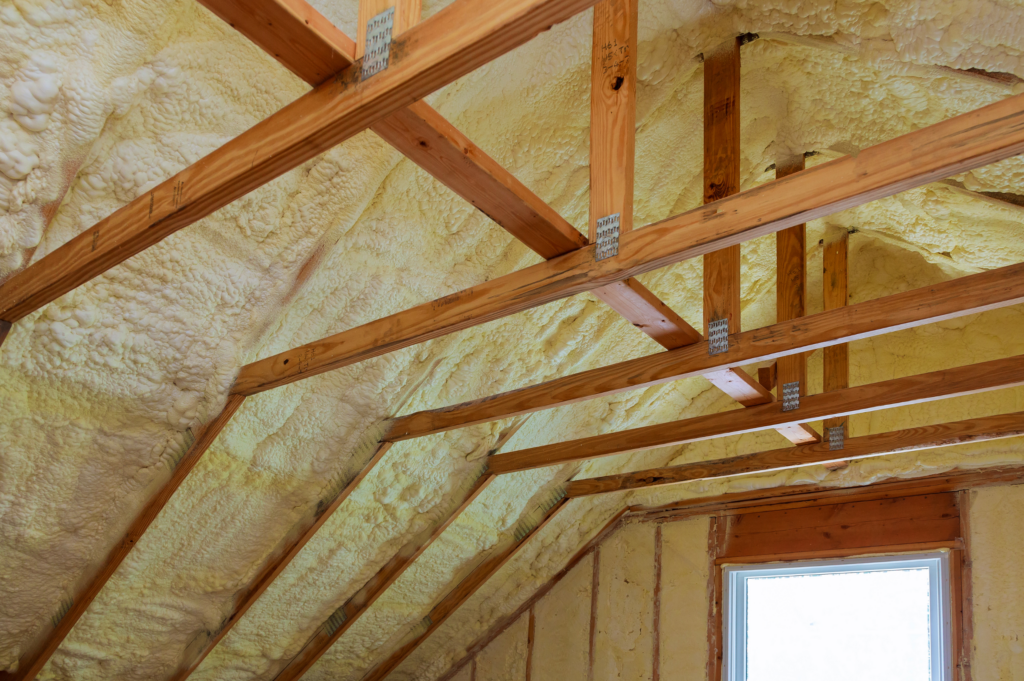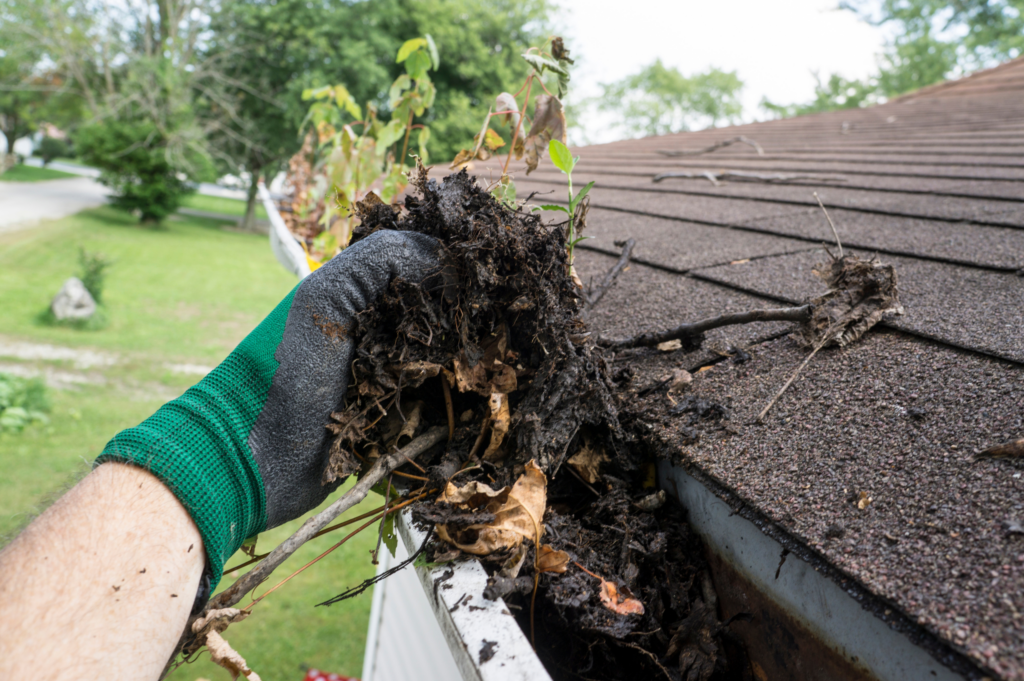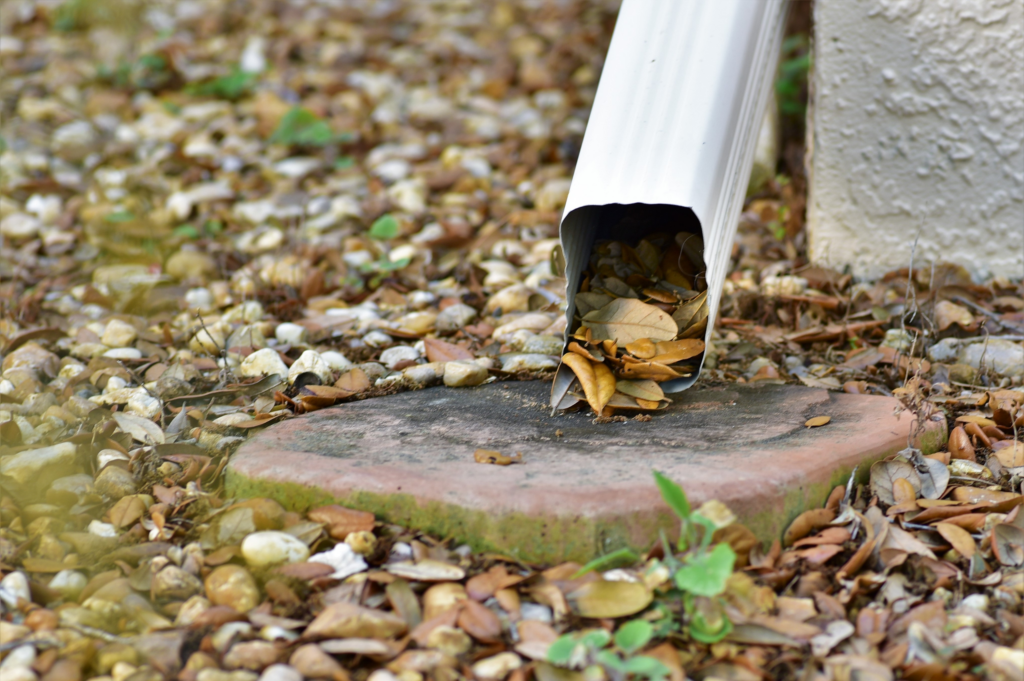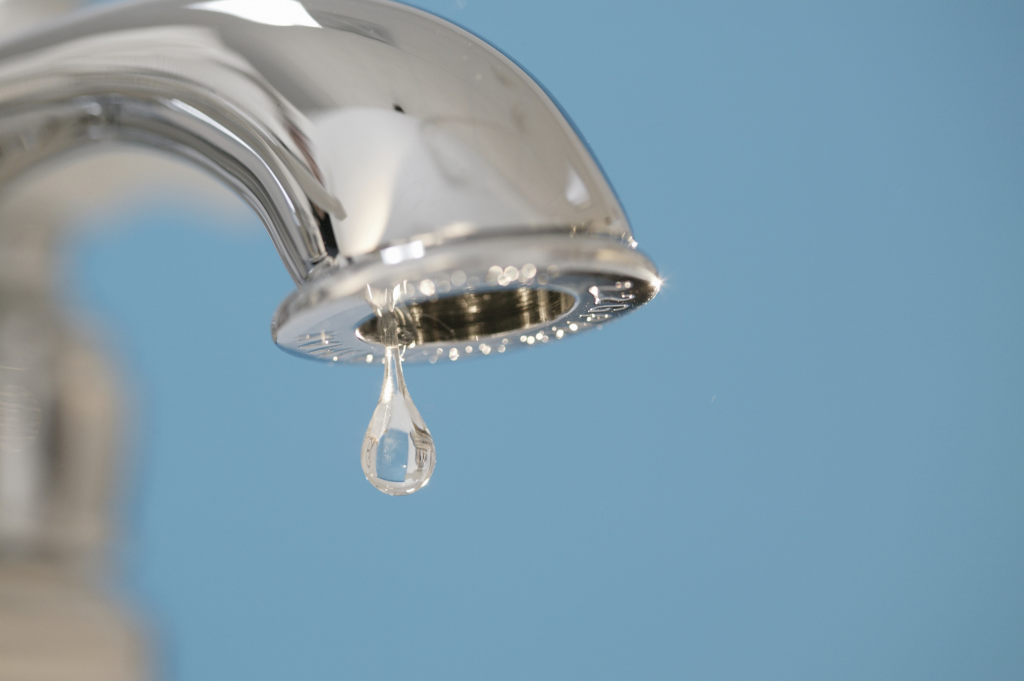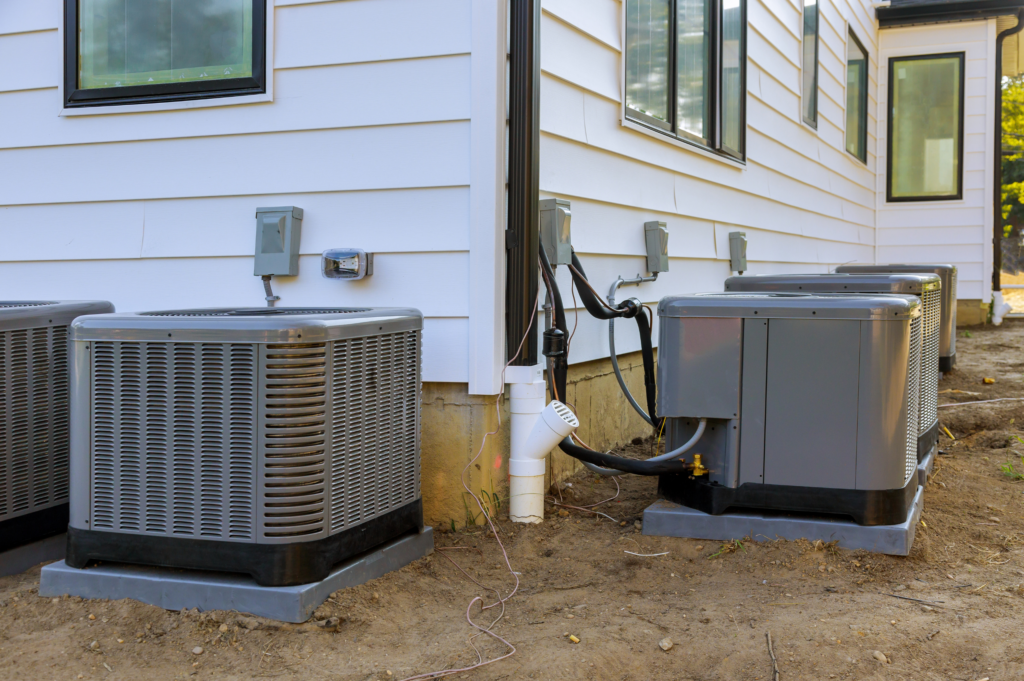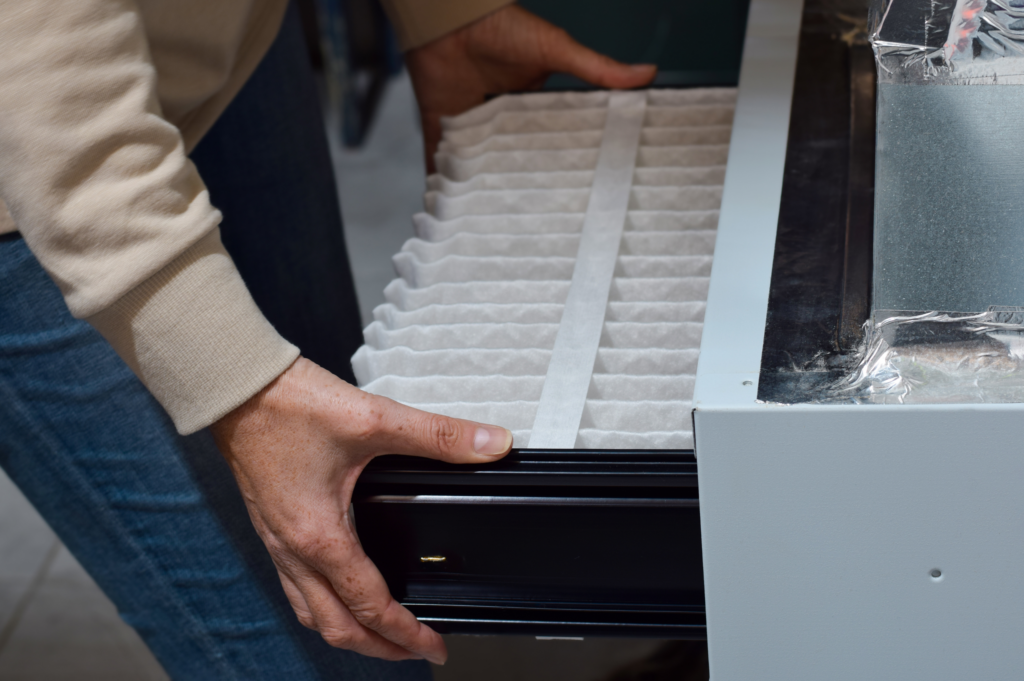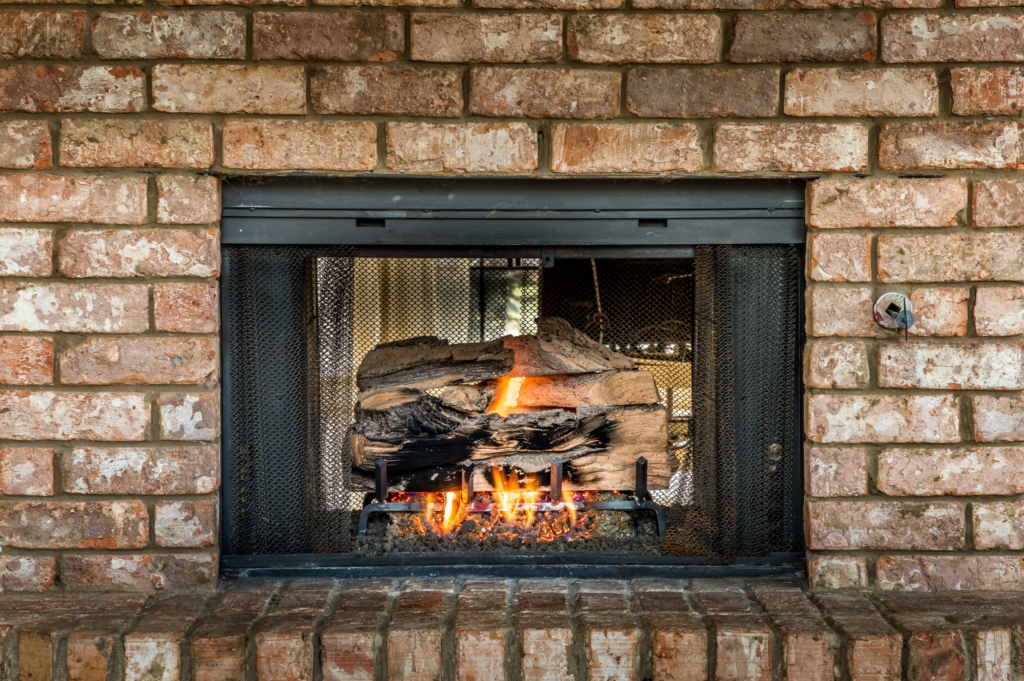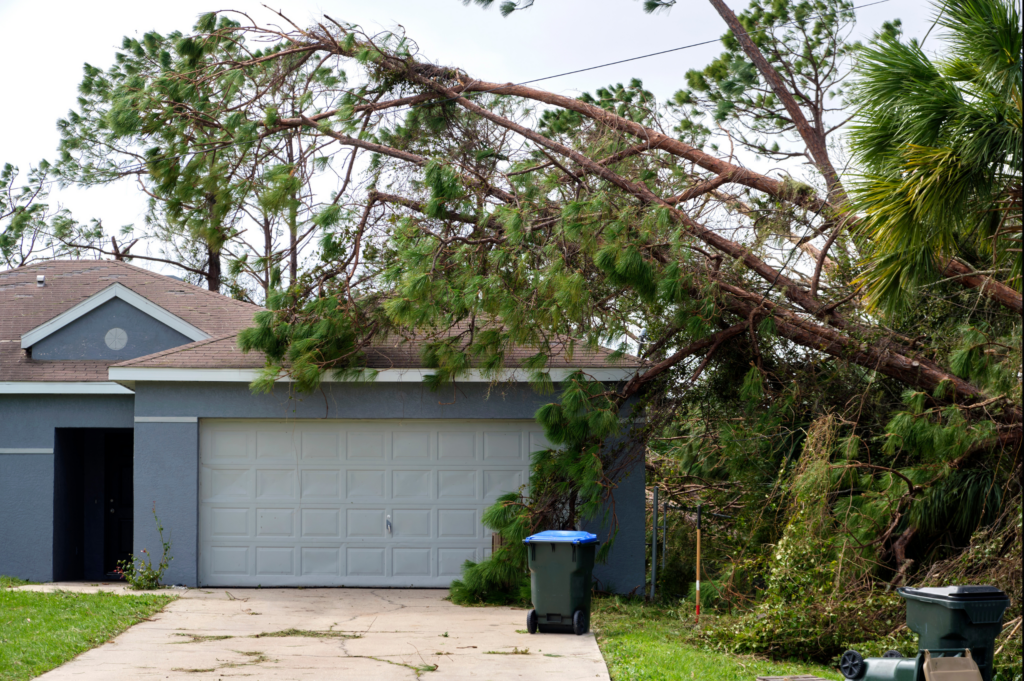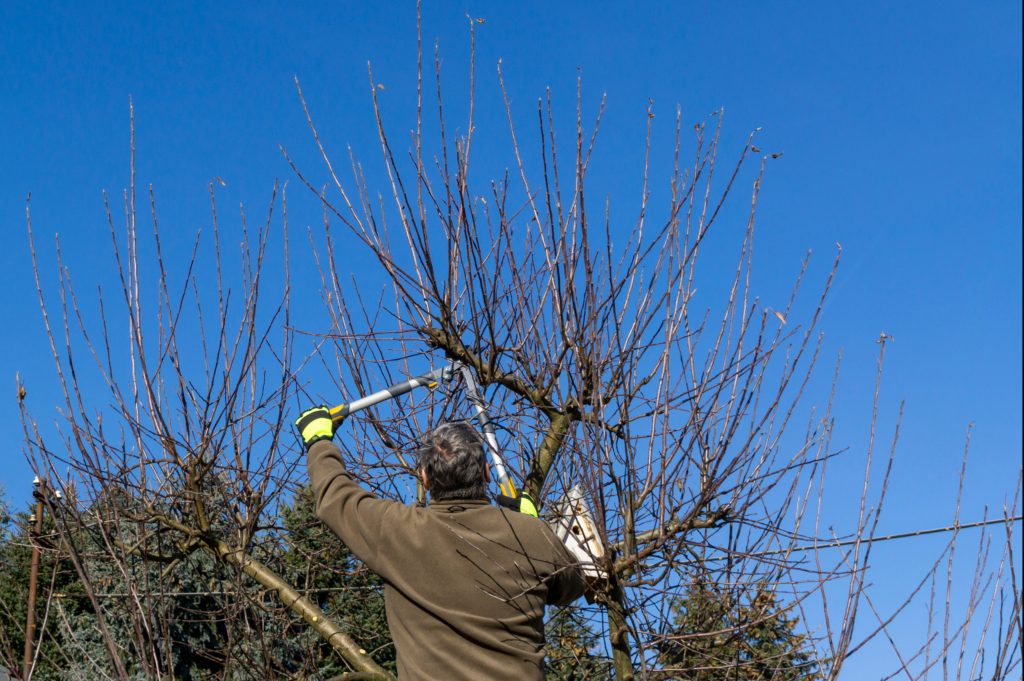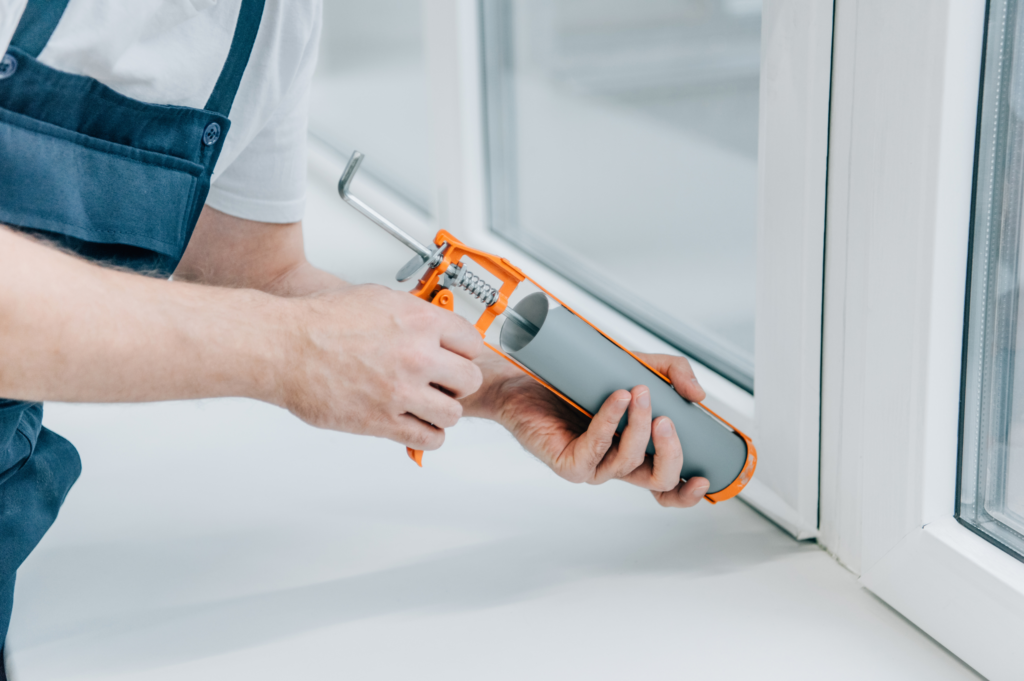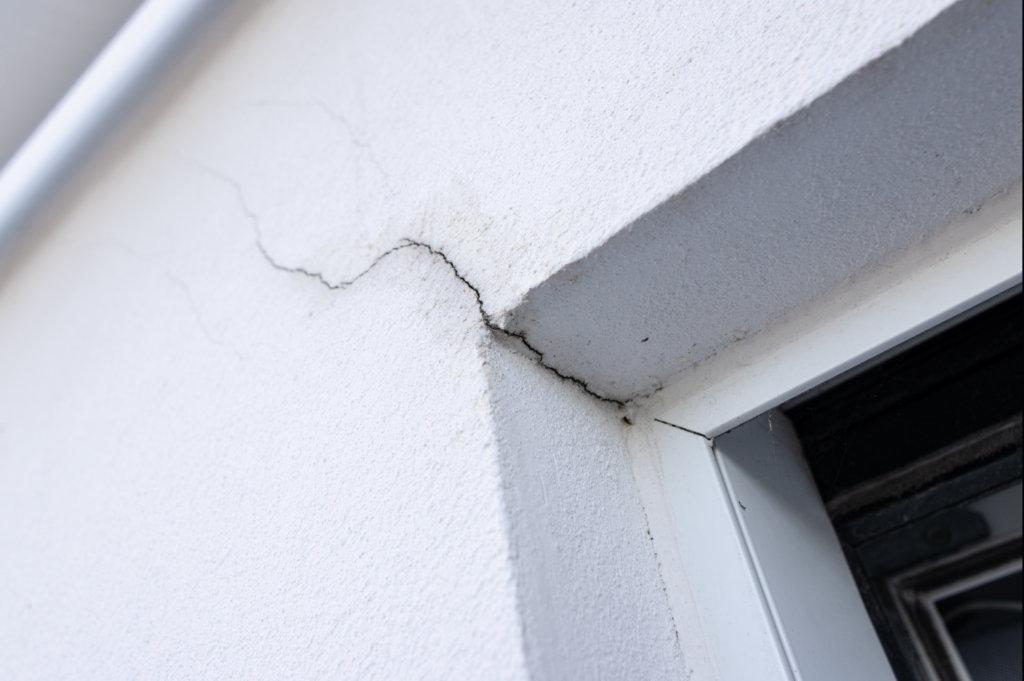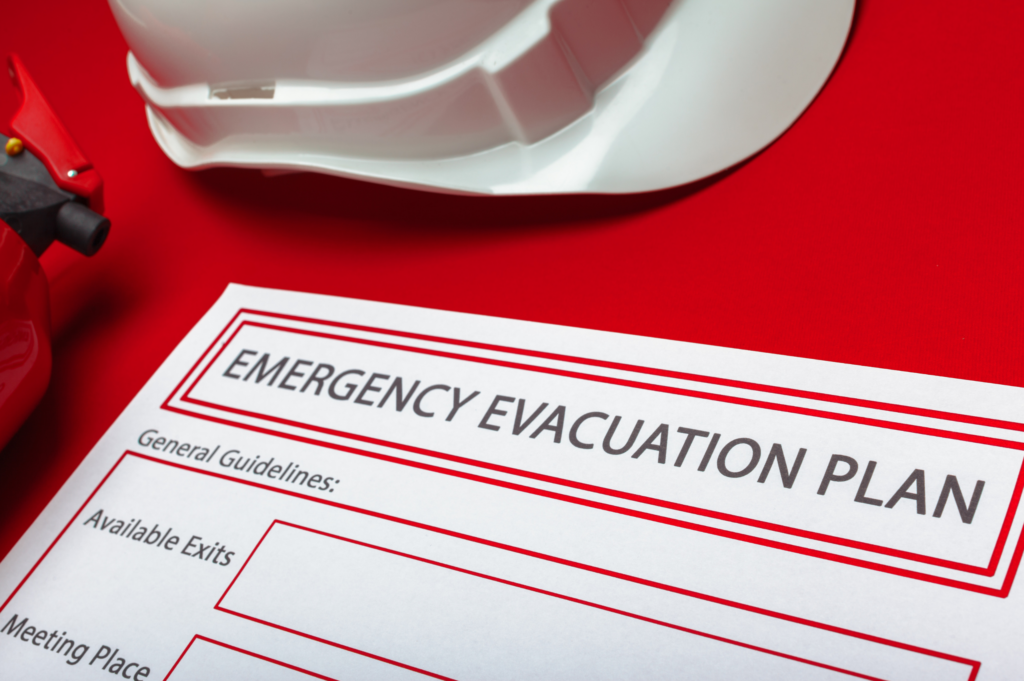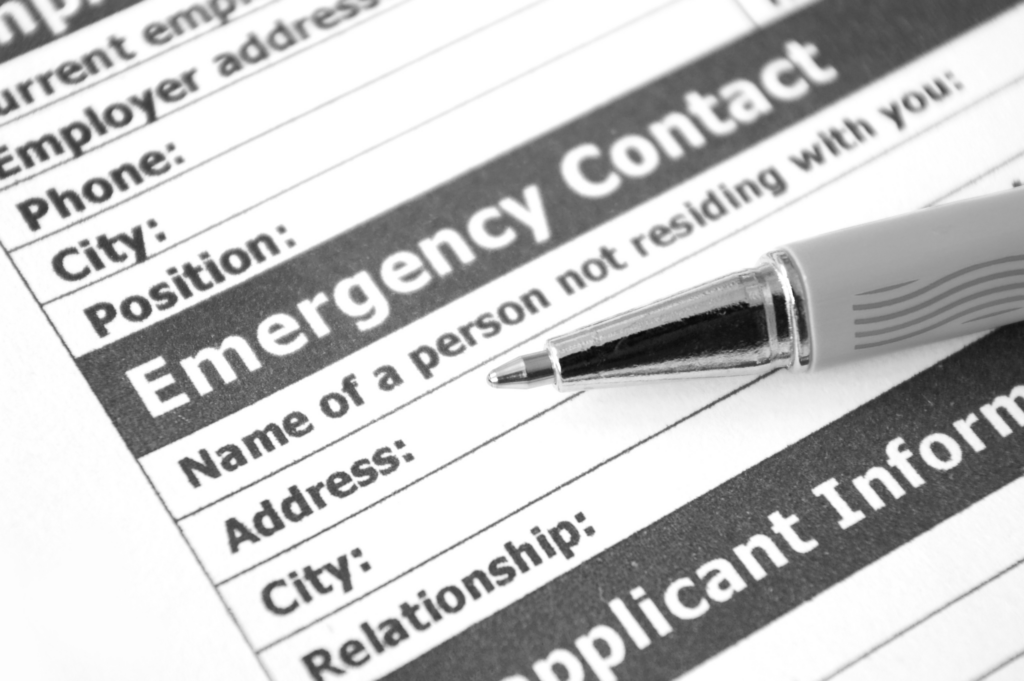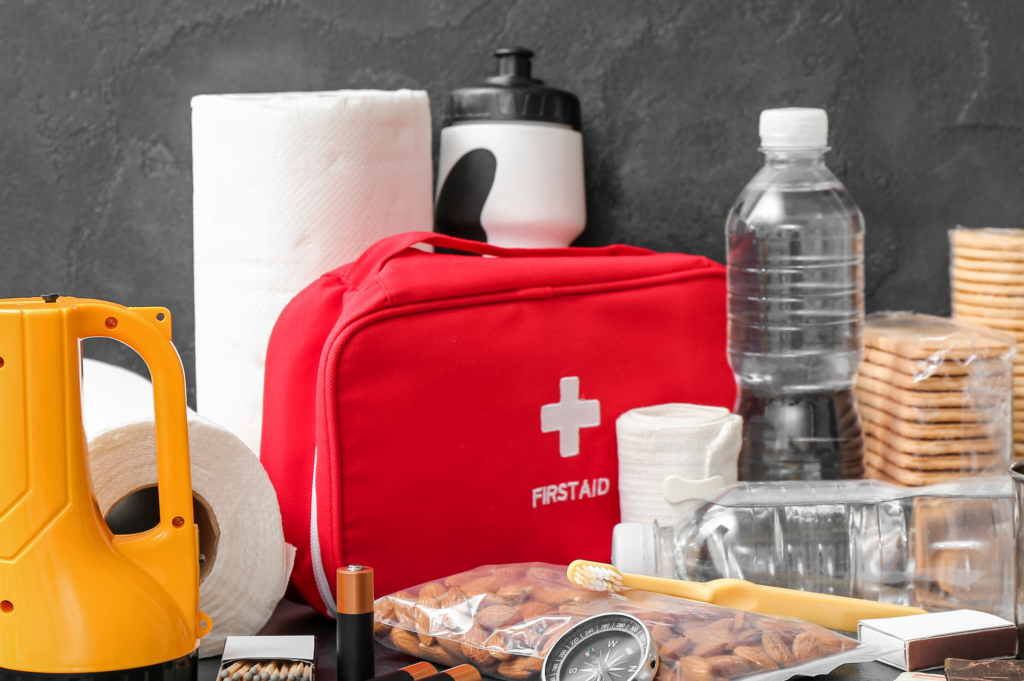Winter Prep for Property Owners
Winters are no joke for snow-prone states. With temperatures plummeting and snowstorms likely inevitable, now is the time to start winter-proofing your property. By taking proactive steps, you can save yourself from headaches and costly repairs. Whether you’re a seasoned property owner or new to the fierce winter weather, we’ve collected key tips to help prepare your property.
1. Inspect and Repair Your Roof
Your roof is your property’s primary shield against winter storms. Any weakness— a missing shingle, loose flashing, or an unnoticed leak—can create a disaster once the snow piles up. Snow and ice build-up adds significant weight to your roof, and if there’s already damage, it increases the risk of leaks or even a roof collapse.
We Recommend:
-
-
- Schedule a professional inspection to check for loose shingles or hidden damage.
- Ensure all flashing, the thin metal material that seals and protects joints around chimneys, vents, and other roof openings, is securely in place.
- Adding extra insulation in your attic can help prevent ice dams by stopping warm air from escaping and melting roof snow.
-
2. Clear Your Gutters and Downspouts
Falling leaves and debris often clog gutters during the fall, which can become a serious issue during winter. Clogged gutters prevent water from draining properly, leading to ice dams—when water gets trapped and freezes, causing roof damage and leaks.
We Recommend:
-
-
- Remove leaves, twigs, and debris from your gutters and downspouts.
- Ensure downspouts direct water at least 5-10 feet away from your foundation to prevent pooling.
- Consider installing gutter guards to help prevent ice dams and clogging.
-
3. Protect Your Pipes from Freezing
Frozen pipes are a property owner’s worst nightmare. When water inside pipes freezes, it expands, putting immense pressure on the pipes. This can cause them to burst, leading to water damage, costly repairs, and a long-term headache. The areas most vulnerable to freezing include pipes in unheated spaces like attics, basements, garages, crawl spaces, and exterior walls. With a few proactive measures, you can help keep your pipes safe and flowing smoothly throughout the winter season.
We Recommend:
-
-
- Inspect your building for cracks or holes in seals and repair them promptly.
- Insulate exposed pipes in unheated areas.
- Cover exterior faucets with foam protectors.
- Let faucets drip during freezing nights to keep water flowing.
-
4. HVAC System Checks
The last thing you want is for your heating system to fail during a deep freeze. Your heating, ventilation, and air conditioning system will be working overtime as the temperature drops.
We Recommend:
-
-
- Have a professional inspect your HVAC system.
- If necessary, have your HVAC filters replaced.
- If you have a fireplace, make sure it’s clean and safe to use.
-
5. Trim Overhanging Trees
Heavy snow or ice can cause weak or overhanging branches to break, which could cause damage to your roof, siding, or windows.
We Recommend:
-
-
- Trim any branches that hang over your property or power lines.
- Remove dead or weakened trees before winter to prevent them from becoming hazards during storms.
-
6. Seal Windows and Doors
Energy efficiency is critical during the winter season, and even small drafts can cause your heating system to work overtime, leading to higher energy bills. Unsealed windows and doors also allow cold air and moisture to seep in, which can lead to mold growth and wood rot.
We Recommend:
-
-
- Use weatherstripping, a material that seals gaps around doors and windows to block drafts, to improve insulation and energy efficiency.
- Caulking should be applied around exterior window frames to prevent air and water leaks.
- Install draft stoppers at the bottom of exterior doors.
-
7. Inspect Your Foundation and Exterior Walls
Cracks in your property’s foundation or exterior walls can let cold air and moisture seep in, leading to more severe structural problems when water freezes and expands.
We Recommend:
-
-
- Inspect your foundation for cracks and have them repaired before the freeze-thaw cycle begins.
- Look for signs of water damage or gaps in your exterior walls and seal them.
-
8. Emergency Preparedness
Review and update your emergency preparedness plan and inform all occupants of what to do during severe weather events this winter.
We Recommend:
-
-
- Compile a list of evacuation procedures and emergency contacts.
- Collect any supplies that may be needed in the case of an extreme winter storm:
-
-
- Batteries
- Sleeping Bag
- Flashlight
- First-Aid Kit
- Non-perishable Food
- Outdoor Winter Clothes
-
-
-
9. Policy Review
Before winter sets in, we recommend reviewing your property insurance policy. Coverage needs can change from year to year, so it’s important to make sure your property stays adequately protected. Our team is here to review your policy so you know of potential gaps in your coverage this winter. Submit your policy for review today!
Get Ready Before the First Snowfall
Preparing your property for winter isn’t just about staying warm—it’s about protecting your investment. By taking the time now to inspect, repair, and winterize your property, you’ll keep your property safe and hopefully prevent costly repairs down the road. Winters are tough, but your property doesn’t have to suffer.
To get more tips on winter property maintenance and stay informed about seasonal property care, join our blog community using the form below!

